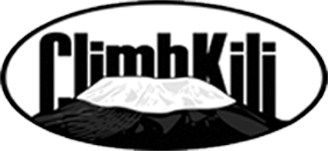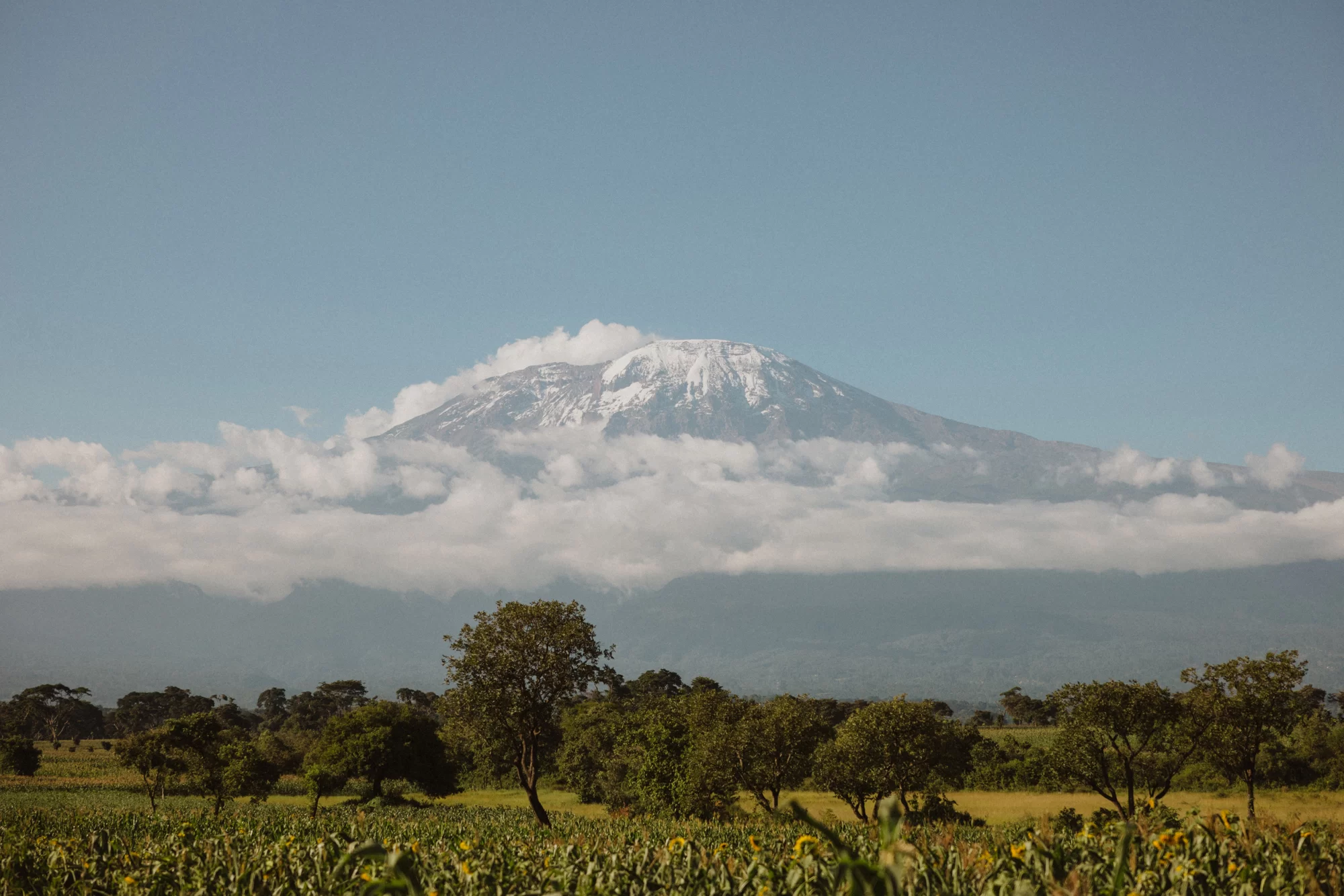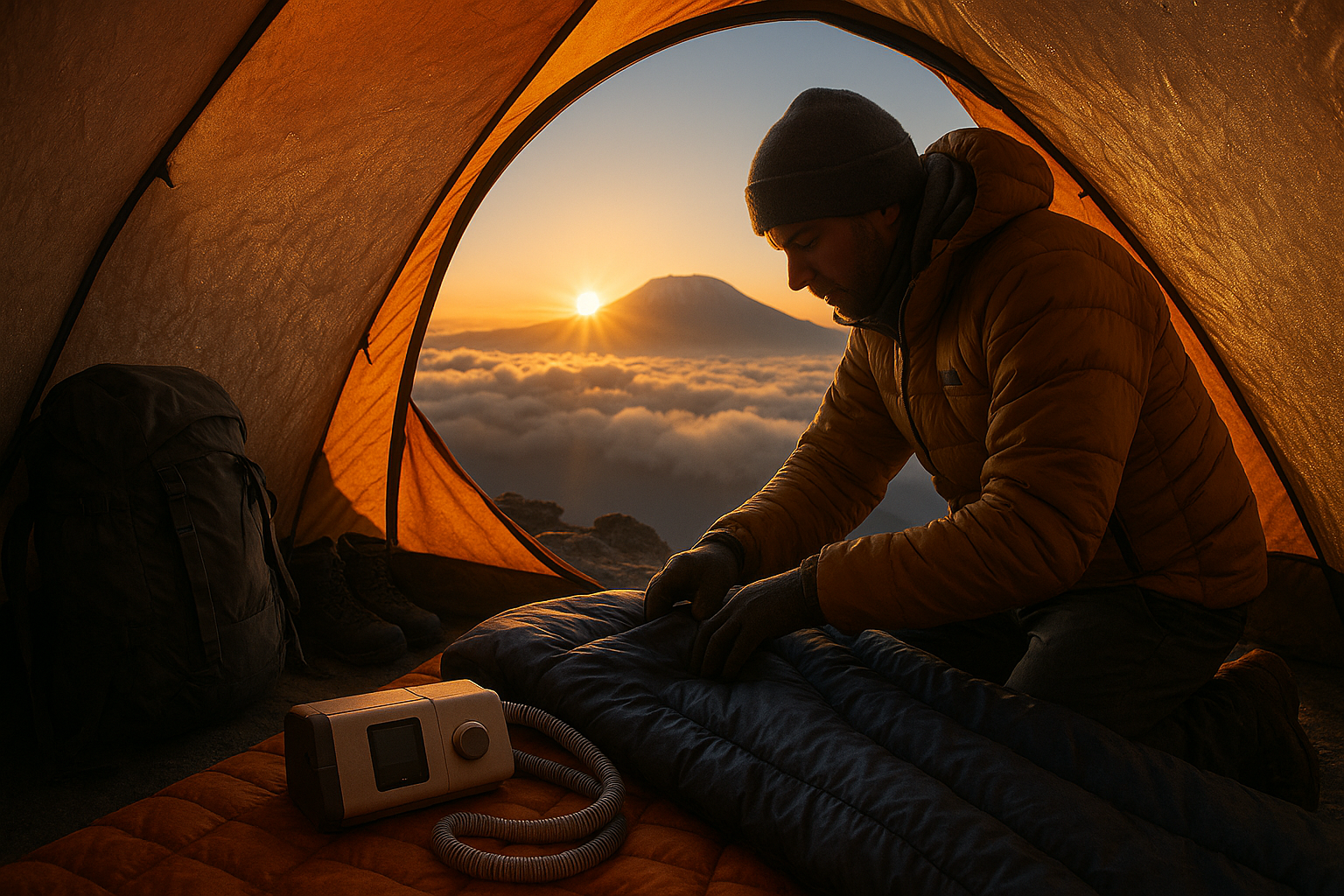If you’re planning to summit Kilimanjaro in 2025, you’re likely wondering when the best time of year is to embark on this life-changing adventure. As the tallest mountain in Africa, Kilimanjaro offers breathtaking views, diverse landscapes, and the unforgettable experience of reaching its snow-capped summit. However, choosing the right time to climb can make a significant difference in your experience. This guide will help you plan your Kilimanjaro trek for 2025, factoring in weather, crowd levels, and the overall summit success rate.
Kilimanjaro’s Climbing Seasons
Kilimanjaro, due to its proximity to the equator, doesn’t experience the typical four seasons but rather has two distinct rainy seasons and two dry seasons. Understanding these seasons will help you decide the best time for your summit attempt.
- Dry Season (Best Time to Climb)
- January to mid-March
- June to October
- Rainy Season (Challenging Conditions)
- Mid-March to May
- November to December
Best Months for Climbing Kilimanjaro in 2025
1. January to Mid-March 2025
If you’re looking for a quieter time to summit Kilimanjaro, the period from January to mid-March 2025 is ideal. The weather is generally stable, and while you can expect some snow at higher altitudes, it’s manageable. You’ll also avoid the large crowds that gather during the summer months. The landscape is lush and green, making the climb especially scenic.
Advantages:
- Lower crowds compared to summer months.
- Beautiful, green scenery at lower elevations.
- Moderate temperatures and fewer rain showers.
Pro Tip: If you’re planning to climb during this time, book early to secure the best Kilimanjaro guides and accommodations.
2. June to October 2025 (Peak Season)
June to October is the most popular time to climb Kilimanjaro. As this period coincides with summer holidays for many countries, the mountain sees a high influx of trekkers. The weather is clear, and there’s little rainfall, making it one of the best times to summit. However, the increased popularity can mean busier routes and limited availability for accommodations and permits.
Advantages:
- Best weather for trekking.
- Clear skies and panoramic views from the summit.
- Higher summit success rates.
Keep in Mind: Due to its popularity, it’s essential to book your Kilimanjaro climb well in advance to secure a spot. While you’ll enjoy the ideal weather, you may encounter more trekkers on the trail.
3. Mid-March to May 2025 (Rainy Season)
While the weather from mid-March to May is less ideal for summiting Kilimanjaro, it can still be a viable option for experienced climbers seeking a quieter and more challenging adventure. The trails can be muddy and visibility limited, but you’ll have the mountain almost to yourself. Keep in mind that summit success rates tend to be lower during this period due to the more difficult conditions.
Advantages:
- Fewer crowds.
- A more adventurous and rugged experience.
Challenges:
- Wet and muddy trails.
- Higher risk of storms and colder temperatures at the summit.
4. November to December 2025
The short rainy season returns in November and December. However, this period is often unpredictable. Some climbers still opt to summit Kilimanjaro during this time, but it’s best to prepare for variable weather conditions, including possible rain at lower altitudes and snow at the summit.
Advantages:
- Fewer trekkers.
- Potential for clear days between rain showers.
Challenges:
- Rain and slippery trails at lower altitudes.
- Snow and strong winds near the summit.
Factors to Consider When Planning Your Climb
When choosing your summit date in 2025, there are several factors beyond the weather to consider:
- Fitness and Training
Summiting Kilimanjaro requires endurance, strength, and determination. Regardless of when you climb, it’s essential to be well-prepared. Start training months in advance, focusing on building up your stamina and getting used to long hikes at altitude. - Crowd Levels
If you prefer a more intimate experience with fewer people on the trails, avoid the peak months of July, August, and September. Opting for January, February, or early March can give you a quieter climb without sacrificing too much in terms of weather. - Personal Preferences
If you love green, lush landscapes, January to March is a great time to witness the mountain in full bloom. On the other hand, if you’re all about getting those stunning summit views, the clear skies from June to October offer the best chance to take in the breathtaking vistas from Uhuru Peak. - Budget
Peak season climbs tend to be more expensive due to higher demand. If budget is a concern, consider trekking during the shoulder months (January or October) when prices are slightly lower.
Why Choose Climb Kili for Your 2025 Kilimanjaro Adventure?
At Climb Kili, we specialize in providing an authentic, locally owned Kilimanjaro experience. With expert guides, a variety of routes, and personalized attention to each climber’s needs, we are committed to helping you reach the summit safely and successfully. Whether you’re trekking during the dry season or braving the rain, our team will ensure you’re fully prepared for every step of your Kilimanjaro journey.
Conclusion
When planning to summit Kilimanjaro in 2025, the best time to climb depends on your preferences for weather, crowd levels, and overall experience. For most trekkers, the dry seasons of January to mid-March and June to October offer the best conditions for a successful climb. However, if you’re up for a challenge and want to avoid the crowds, the rainy seasons may provide a more adventurous experience.
Ready to conquer Kilimanjaro in 2025? Book your trek with Climb Kili today and let’s make your summit dream a reality!





